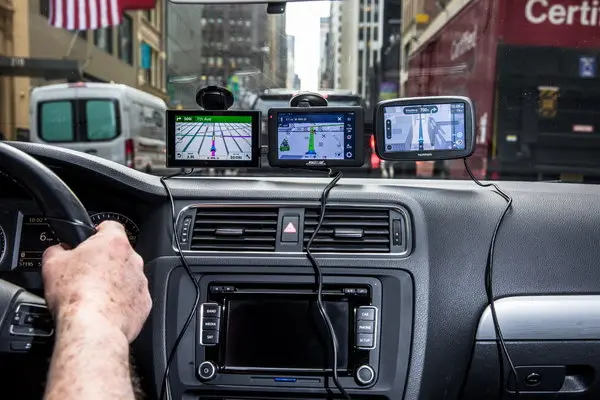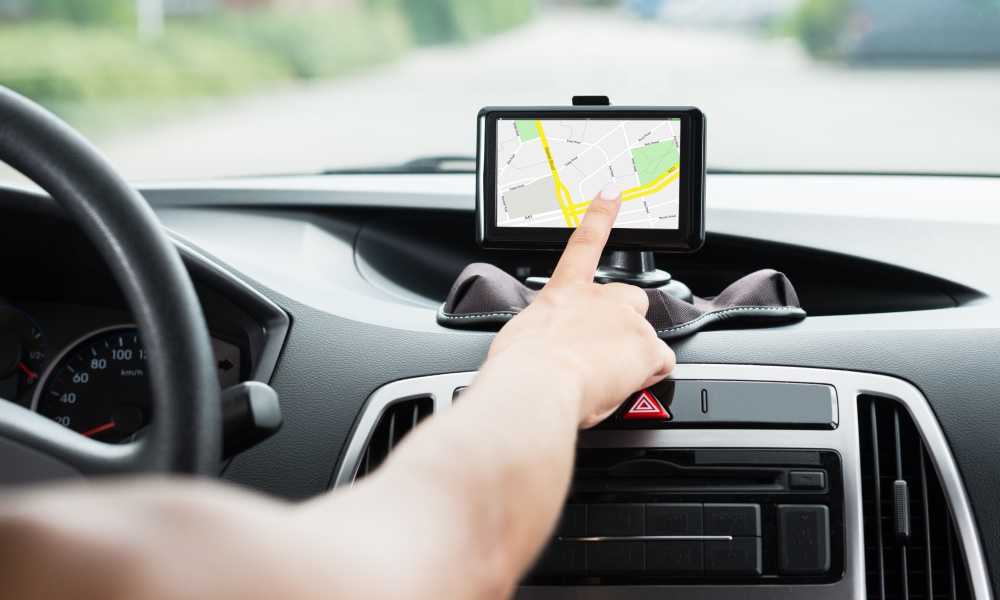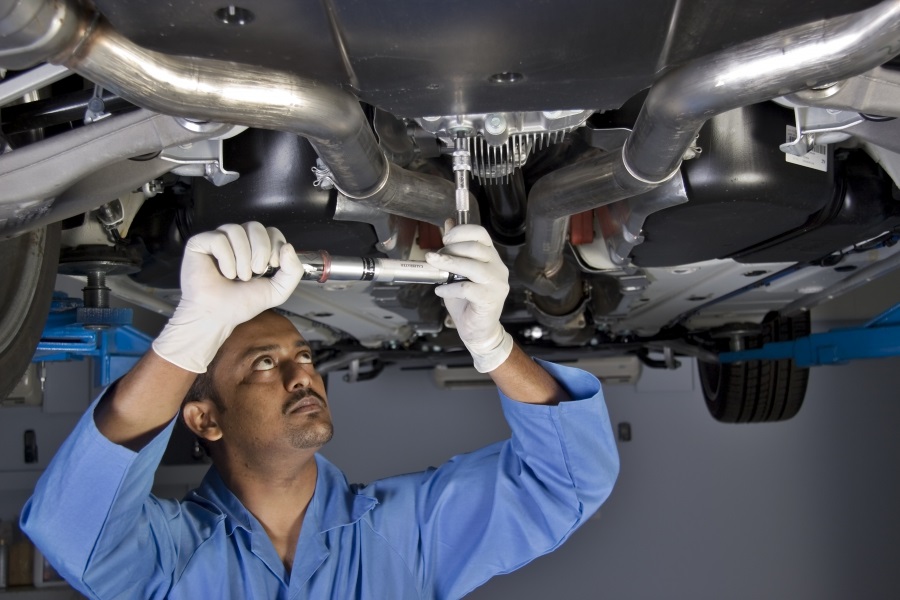GPS navigation systems are incredibly useful tools for guiding drivers to their destinations efficiently and safely. However, inaccurate GPS directions can lead to frustration, delays, or even dangerous situations on the road. Ensuring that your car’s navigation system provides accurate directions is essential for a smooth driving experience. By following a few simple steps, you can optimize your GPS system’s performance and minimize errors in directions.
Regularly Update Map Data
One of the most important factors in ensuring accurate GPS directions is keeping your map data up-to-date. GPS systems rely on map data to calculate routes, and outdated maps can result in incorrect directions or lead you through closed roads or construction zones. Manufacturers regularly release map updates that include new roads, points of interest, and changes in traffic patterns. Always check for map updates on your system, whether through the car’s infotainment system, USB, or online downloads, and make sure the maps are current.
Verify System Settings and Preferences

Your GPS system may offer several settings or preferences that can affect the accuracy of the directions provided. Check the system’s routing options to ensure that it’s set to take the best, most direct routes. Some systems allow you to choose between the fastest, shortest, or most scenic routes. If your GPS frequently suggests long detours or unfamiliar routes, adjusting the routing settings may help optimize the directions. Additionally, enable features like real-time traffic updates, which can help the system avoid traffic jams or accidents. Looking for the Auto Repair in Escondido, CA based service would be important here.
Maintain a Strong GPS Signal
A weak or obstructed GPS signal can cause errors in navigation, such as incorrect positioning or the system losing track of your location. To ensure a strong GPS signal, ensure that your car’s antenna is free of obstructions, such as dirt, snow, or ice. Driving through areas with heavy tree cover, tall buildings, or tunnels can also disrupt the GPS signal. If you notice issues with signal strength, wait until you’re in an open area to let the system recalibrate and regain accuracy.
Calibrate Your GPS System
If your GPS directions are consistently inaccurate, recalibrating the system may be necessary. Some systems may become misaligned over time, especially if the vehicle’s positioning sensors or GPS module is affected. Consult the user manual to learn how to recalibrate the system or take it to a professional technician who can reset the GPS. Calibration helps the system properly align itself to the vehicle’s location, ensuring precise directions.
Avoid Interference from Other Electronic Devices
Sometimes, interference from other electronic devices in your vehicle can affect the accuracy of your GPS system. Items such as smartphones, Bluetooth devices, or other electronic gadgets can create electrical noise that disrupts GPS signals. To minimize interference, keep your smartphone away from the GPS unit, or turn off devices that aren’t in use while navigating. Additionally, ensure that your car’s electrical system is functioning properly to avoid disruptions caused by faulty wiring or grounding.





